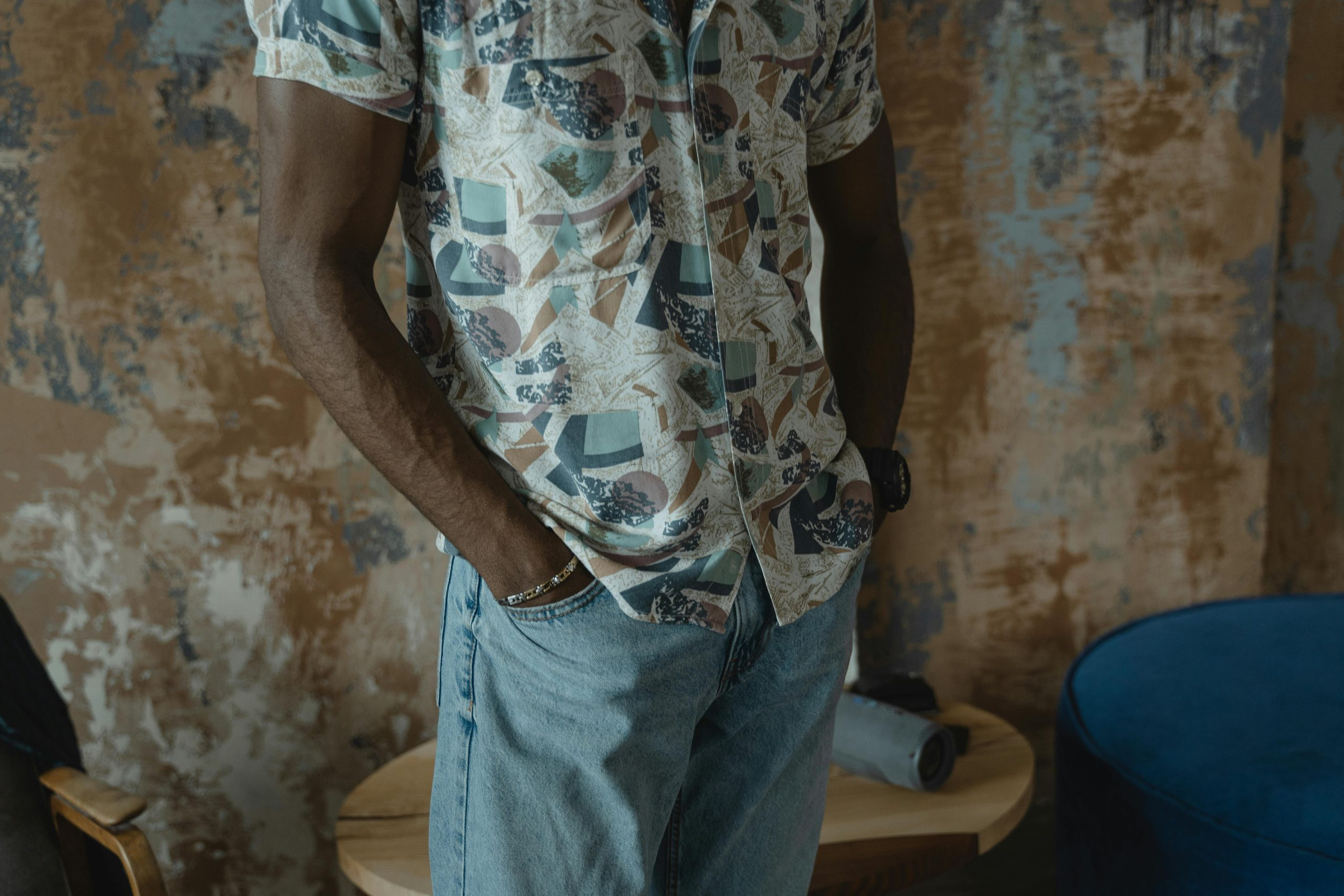Understanding the Basics of Textile Dyeing and Printing Methods
If you have ever noticed the vibrant colors and intricate patterns on your clothes, you might have wondered how they got there. The answer lies in the process of textile dyeing and printing. These methods are essential techniques used in the textile industry to create a variety of beautiful fabrics that we use in our daily lives. Understanding the basics of textile dyeing and printing is not only crucial for textile manufacturers but also for consumers who are curious about the process behind their favorite fabrics. In this article, we will delve deeper into these methods and how they contribute to the final product.
What is Textile Dyeing?
Textile dyeing is the process of adding color to textile materials such as fibers, yarns, and fabrics. It involves immersing the textile in a dye solution or applying the dye to the surface of the fabric. The goal is to ensure that the color is evenly distributed and permanently fixed onto the textile material.
The Basics of Textile Dyes
The first step in understanding textile dyeing is to know the different types of dyes used. There are two main categories of textile dyes – natural and synthetic. Natural dyes are extracted from plants, insects, and minerals, while synthetic dyes are chemically synthesized.
Synthetic dyes are the most commonly used type of dye in the textile industry, mainly because they offer a wide range of colors and are relatively cheaper than natural dyes. However, concerns over their potential harm to the environment and human health have led to a rise in the use of natural dyes in recent years.
The Dyeing Process
The dyeing process involves several steps, including pre-treatment, dyeing, and after-treatment. Pre-treatment is essential to prepare the fabric for dyeing by removing any impurities that might interfere with the dyeing process. Next, the fabric is immersed in a dye solution or dyestuff is applied to the surface of the fabric using various methods such as printing, spraying or roller coating.
The final step is after-treatment, which includes fixing the dye onto the fabric by heat or various chemical treatments. This ensures that the color is permanent and does not fade easily. It also improves the fabric’s fastness, which is the ability to resist fading or bleeding when exposed to various external factors such as sunlight, washing, and friction.
What is Textile Printing?
Textile printing is the process of applying designs or patterns onto textile materials using specific dyes or pigments. Unlike dyeing, where the entire fabric is colored, printing only adds color to specific areas of the fabric, creating a design or pattern.
The Basics of Textile Printing
There are several methods used in textile printing, such as screen printing, rotary printing, digital printing, and heat transfer printing. Each method has its advantages and is suitable for different types of fabrics. However, the basic principle remains the same – transferring the desired design onto the fabric using specific colorants.
The Printing Process
The printing process starts with preparing the design or pattern that will be transferred onto the fabric. This can be done by hand or using computers in the case of digital printing. Next, the fabric is treated with chemicals that help in adhering the colorant to the fabric, and then the colorant is applied using the chosen printing method. Once the printing is complete, the fabric goes through a fixing process to ensure that the colors are permanently bonded to the fabric.
Why are Textile Dyeing and Printing Important?
Textile dyeing and printing methods play a vital role in the textile industry, as they determine the final appearance of the fabric. Whether it is the color, pattern or design, these methods have a significant impact on the overall aesthetic appeal of the fabric. They also contribute to the fabric’s durability by improving its fastness and resistance to fading and wearing out.
Moreover, with the rise in demand for sustainable and environmentally-friendly products, the use of eco-friendly dyes and printing methods has become more crucial in the textile industry. These methods reduce the harmful impact of textile production on the environment and promote sustainable practices.
Conclusion
In summary, textile dyeing and printing are fundamental processes used in the textile industry to add color and design to fabrics. They involve different techniques and require careful preparation and execution to achieve the desired results. Understanding these processes is not only important for textile manufacturers but also for consumers who want to make informed choices about the products they purchase. With advancements in technology and increased demand for sustainable practices, the future of textile dyeing and printing holds exciting possibilities.











